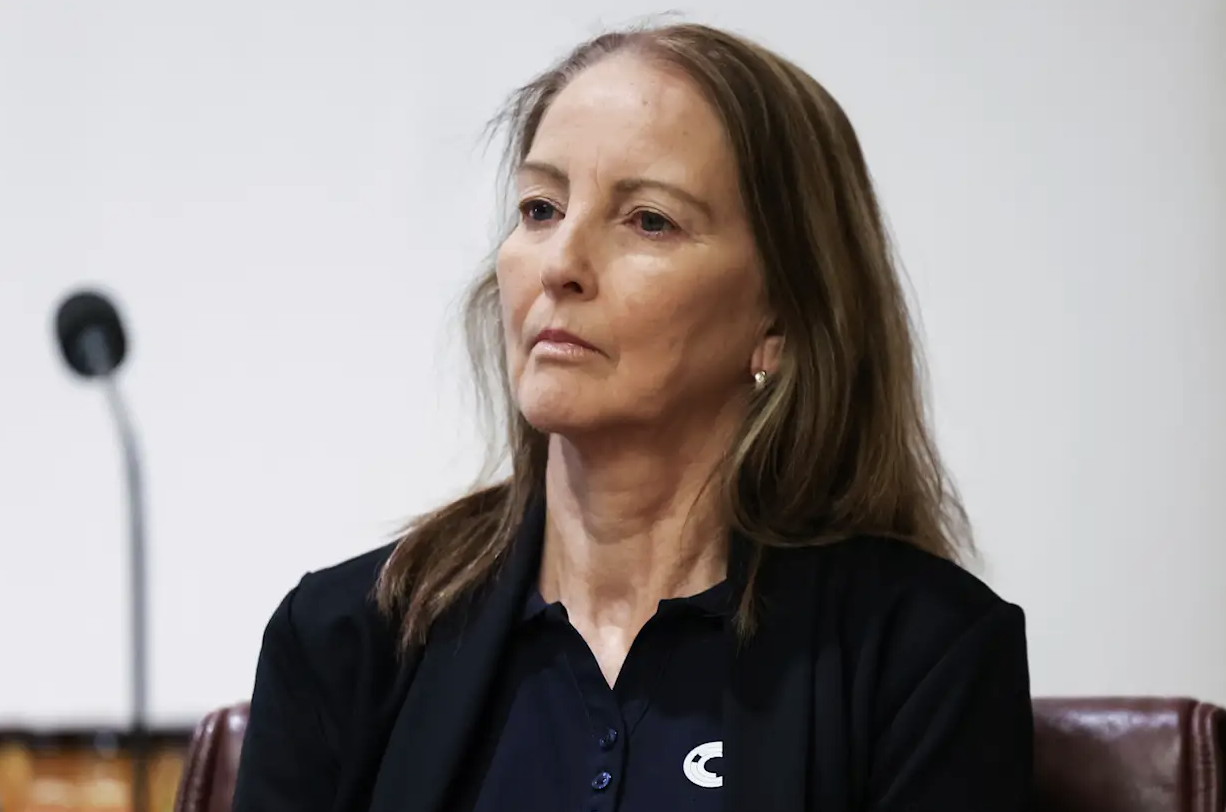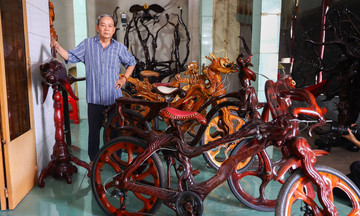63-year-old Kathryn Sullivan, a customer service center manager at CBA in Sydney, explained that she and 44 colleagues wrote scripts, corrected errors, and trained a chatbot named Bumblebee.
"Ironically, I inadvertently trained the chatbot that took my job after 25 years with the company," Sullivan said, regarding the bank's decision in late July 2025.
 |
Kathryn Sullivan, 63, worked at CBA Australia for 25 years before being laid off in July 2025 due to AI. Photo: Alex Ellinghausen
This marked the first time an Australian business admitted to laying off employees because of AI. However, just a month later, CBA reversed its decision and invited the 45 employees back after the Finance Sector Union (FSU) intervened. The bank admitted it was mistaken in believing AI could completely replace humans, especially as customer call volumes increased.
A CBA spokesperson apologized and acknowledged they "should have conducted a more thorough evaluation." The bank said it was supporting employees, offering them the choice to return, find other positions, or leave the company.
Sullivan declined to return to her former position, and other positions at CBA weren't open due to a hiring freeze.
The incident prompted unions to lobby the government for new AI regulations. Nicole McPherson, FSU's assistant national secretary, expressed concern that CBA used AI as a cover to lay off employees. She noted that the bank reversed its decision as soon as the union requested data demonstrating a decrease in call volume—a request that remains unfulfilled.
Other employees also believe AI was an indirect cause. A former product manager said CBA is relying on lower-paid employees overseas who use AI to produce similar results. This suggests AI isn't just directly replacing staff, but also enabling companies to outsource jobs at lower costs.
Minh Phuong (Financial Review)












